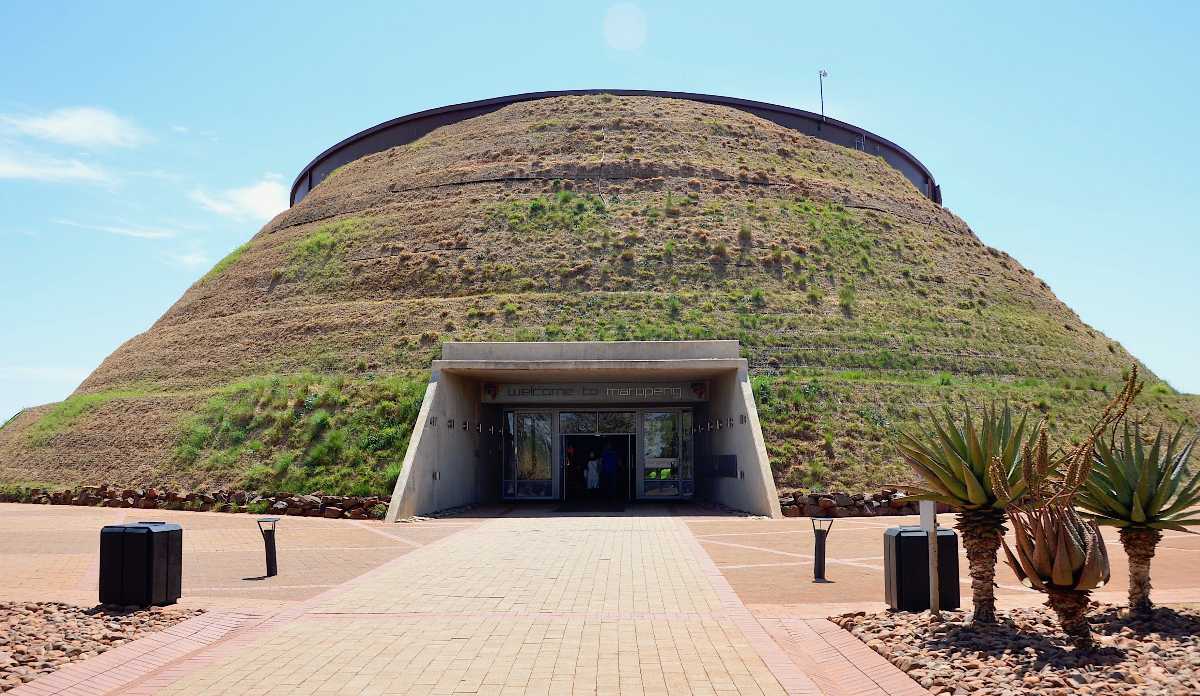Johannesburg North Attractions Can Be Fun For Anyone
Johannesburg North Attractions Can Be Fun For Anyone
Blog Article
Johannesburg North Attractions Fundamentals Explained
Table of ContentsSome Known Details About Johannesburg North Attractions Johannesburg North Attractions - The FactsThe Basic Principles Of Johannesburg North Attractions 5 Easy Facts About Johannesburg North Attractions ShownJohannesburg North Attractions for DummiesJohannesburg North Attractions Things To Know Before You Buy
The city owes its area to the presence of a a lot more valuable source: gold. The city expanded on the edge of the Witwatersrand Key Coral reef, a below ground stratum of gold-bearing quartz-silica conglomerate that arcs for numerous miles under the Highveld. The majority of the gold mines in the city ceased operation in the 1970s, however in its day the Witwatersrand gold sector made up more than 40 percent of the world's annual gold production.Johannesburg has a pleasant environment. Summer season temperatures average about 75 F (24 C); winter season temperature levels average concerning 55 F (13 C) and only occasionally dip below cold. The city delights in concerning eight hours of sunlight each day in both wintertime and summer season. Rain averages about 28 inches (700 millimetres) per annum, but the overall differs substantially from year to year.
What rain the city receives falls nearly exclusively in the summertime, frequently in stunning late-afternoon electrical storms. Air air pollution presents a substantial issue, particularly in the cold weather, when thermal inversions hinder the westward flow of air from the Indian Ocean. Air pollution is most extreme in the largely settled Black towns on the city's perimeter, where several homeowners still rely upon coal for gas.

The 4-Minute Rule for Johannesburg North Attractions
The balance of the city is occupied by whites. Lodging varies in character and quality. Soweto is infamous for its countless rows of municipally constructed, two-room matchbox homes, yet it likewise has a few prosperous enclaves along with bursting squatter camps, where tens of thousands live without water, electrical energy, or cleanliness facilities.
Physical development, although somewhat restricted by transport, continued quickly as migration to South Africa, and Johannesburg in specific, increased substantially.
Most poor suburban areas were blended, with bad blacks and whites living with each other, although the wealthy suburbs were typically scheduled for whites.
The previous system of eleven phoned number areas was reorganised in 2006. Marshalltown, as seen from the top of the Carlton Centre. The M1 and M2 run behind the structures, and the southerly residential areas extend past the highway boundary. The central city of Johannesburg lies within the city's Region F. The number of individuals living in the inner city on a casual basis is unidentified, as several are prohibited immigrants. The joblessness, education, and age accounts of the area are all unknown, due to the difficulty of getting reliable information about the location.
All About Johannesburg North Attractions
Yeoville and Bellevue have a mix of apartment and solitary residential systems on tiny lots. The area is located on a mountainous divide that ranges from eastern to west. One of the most conspicuous geographical attribute is Observatory Ridge, which is named for the big observatory situated on it. The entertainment spaces are no more made use of, due to protection problems.

Johannesburg Stadium, a training ground for both the Golden Lions and Orlando Pirates, is adjacent. The eastern residential areas of Johannesburg are located in the city's 7th [] and 9th [] regions. The area is additionally functionally integrated with East Rand border communities outside of the official boundary of Johannesburg, such as Bedfordview and Edenvale (both component of Ekurhuleni Metropolitan Community).
9 Simple Techniques For Johannesburg North Attractions
The eastern suburban areas are some of the earliest areas of Johannesburg, there are big communities of Jewish and various other European backgrounds, the majority of the population is Continue English speaking. There are three golf courses as well as a number of protected ridges with viewsites.
The area is mostly composed of old "matchbox" residences, or four-room residences built by the government, check out this site that were built to provide affordable lodging for black employees throughout discrimination. Soweto is an abbreviation, representing "South Western Townships". Street after street around is lined with matchboxes; nevertheless, there are a few smaller areas where flourishing Sowetans have developed houses that are extra similar in stature with those in even more affluent residential areas.
Hostels are one more popular physical feature of Soweto. Originally constructed to house male migrant employees, several have actually been boosted as homes for pairs and households. The N1 Western Bypass skirts the eastern border of Soweto. The suburban area was not traditionally allowed to develop work centres within the location, so mostly all of its homeowners are commuters to other components of the city.
An Unbiased View of Johannesburg North Attractions
The residential locations in the northern residential areas are mostly formal, with no considerable areas of informal housing, or housing that does not have a permanent structure. This is a well established location, there is a pattern of More Info land usage modification from household to business, specifically along major arterial roads and around established nodes.
Roads to the east and west are much less well created, as there are no highways taking a trip in that direction. Towards the north boundary of the city, the thickness of advancement decreases, leaving big locations of primitive land around Midrand.
More About Johannesburg North Attractions
, which is located on a hill ignoring the internal city and Hillbrow.
Report this page